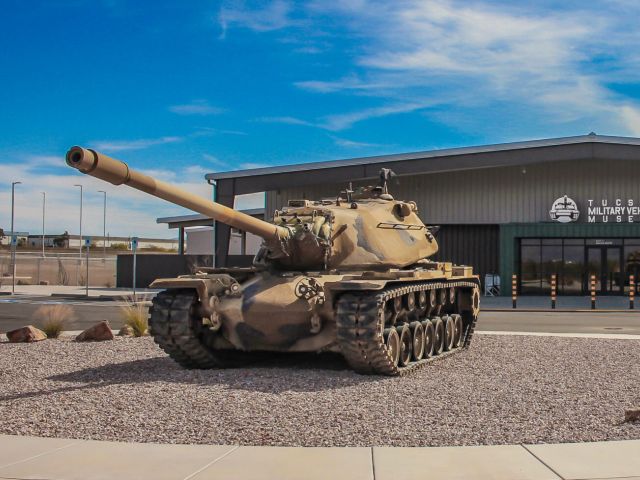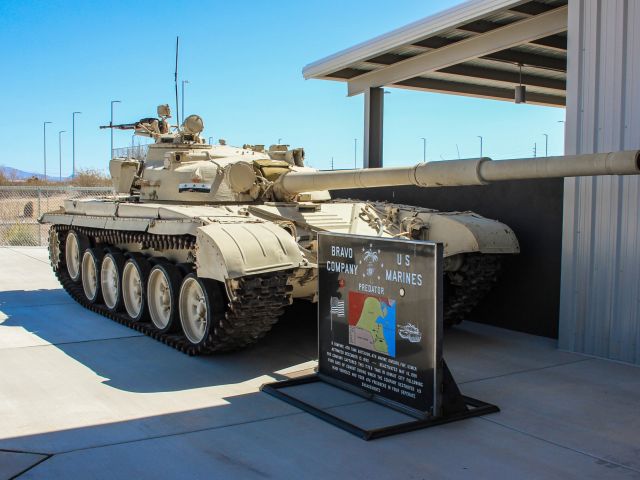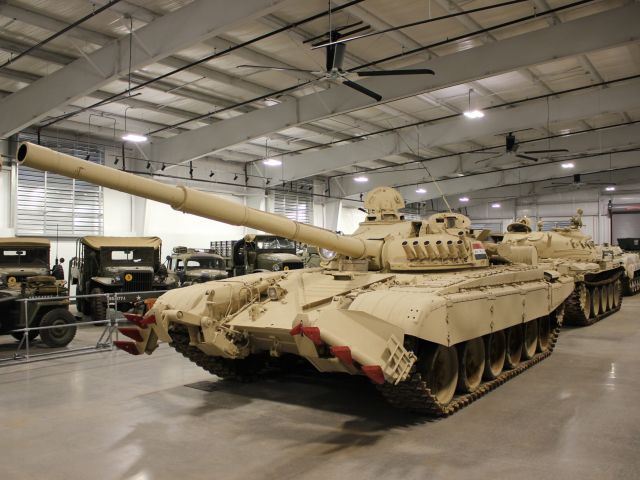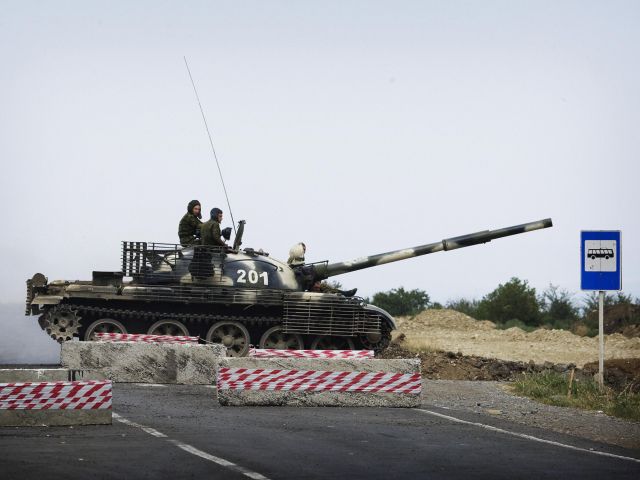Technical Specifications
-
Enter Service:1935
-
Crew:6
-
Weight:4,376 lbs
-
Dimensions:Length: 20 ft 0.2 in, Barrel Length 9 ft 8 in; Width: 6 ft 5.8 in; Height: 6 ft 2.0 in
-
Caliber:105 mm (4.13 in)
-
Elevation:-5° to +42°
-
Traverse:56°
-
Rate of Fire:6–8 rpm
-
Muzzle Velocity:1,500 ft/s
-
Maximum Firing Range:11,674 yd
Description
The 10.5 cm leFH 18 (German: leichte Feldhaubitze “light field howitzer”) is a German light howitzer used in World War II. It was the standard artillery piece of the Wehrmacht, adopted for service in 1935 and used by all divisions and artillery battalions. During the 1920s, the Reichswehr carried out analyses that indicated the 105 mm projectile was more effective than a 75 mm equivalent, without a major increase in cost. During mid-1927, the Army Ordnance Office issued Secret Command Matter that called for the development of a new light field howitzer.
Rheinmetall-Borsig of Düsseldorf drew up the blueprints and made the initial calculations in 1928. Design work was completed in 1930, with production commencing in the early 1930s. From 1935 to the end of the war over 11,840 were produced, along with approximately 10,265 of the leFH 18/40 variant. The 10.5 cm leFH 18 was exported to a number of European nations, including Spain during the Spanish Civil War. It was decommissioned from Swedish service as late as 1982. In 2015 a video captured a variant of the 10.5 cm leFH 18 firing on Al-Fu’ah, Syria.





